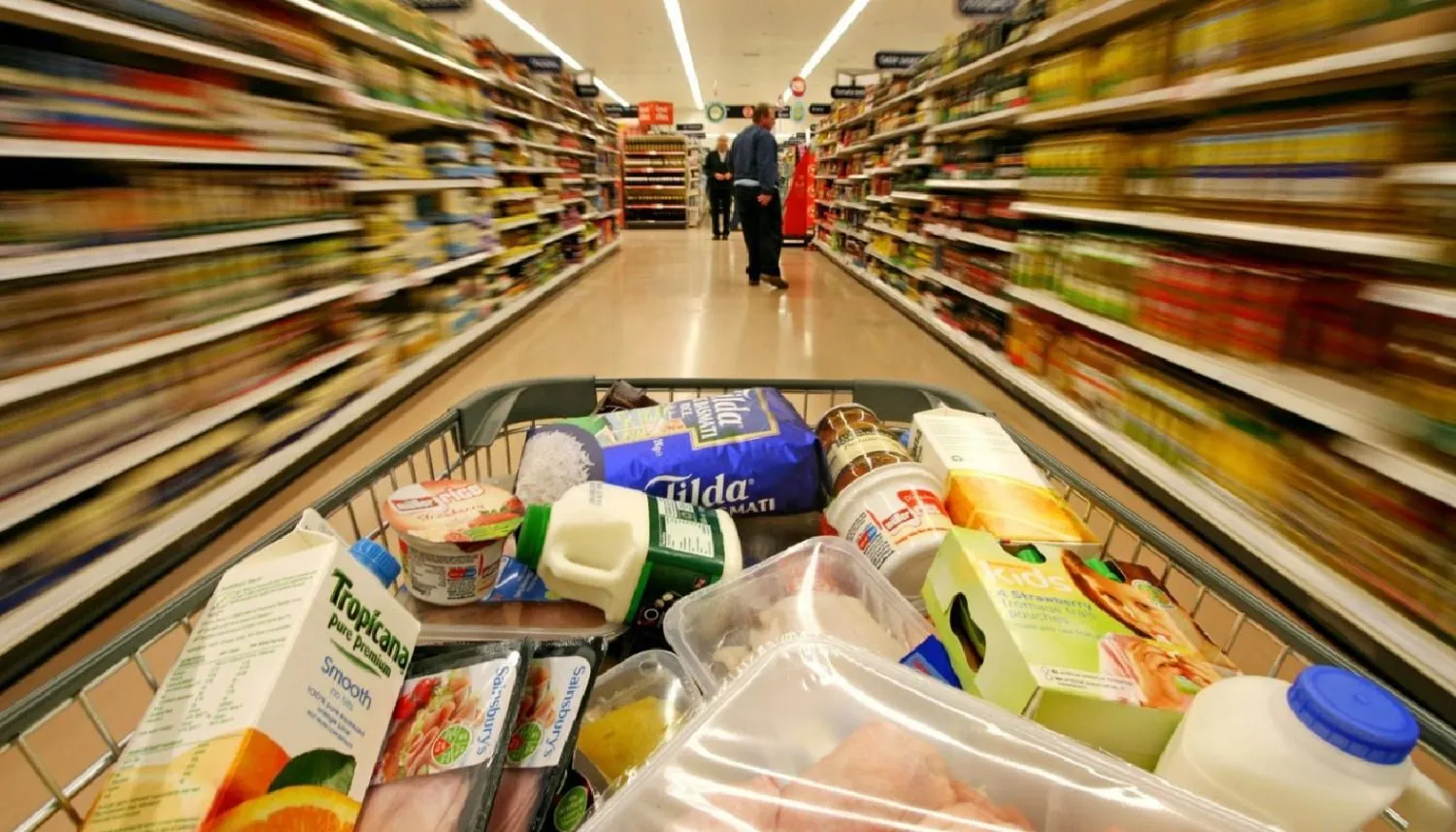In 2023, Brazilian households showed a 3.09% increase in consumption compared to the previous year.
The Brazilian Supermarket Association (Abras) observed this growth, highlighting an 18% rise between December and November.
Marcio Milan, Abras’ Vice President, credits this increase to lower food inflation for home consumption, particularly for beef, compared to eating out.
Factors such as improved income, job growth, income transfer programs, and financial policies like debt payments contributed to this uptick.
Abras projects a further 2.5% increase in household consumption for the current year. The hike in the minimum wage to 1,412 reals ($285) is expected to stimulate further spending.
Milan points to a gradual rise in consumption throughout the year, influenced by seasonality, crop yields, weather patterns, and global food demand.

Background
Over the past decade, Brazilians have seen their purchasing power nearly halve as rising product prices outpace wages.
Initially, 100 Reais ($20) could easily cover a basket of 13 basic groceries. Now, that same amount struggles to purchase half as much.
The official inflation measure, IPCA, surged by 88% over these years.
In contrast, average annual income saw a minimal 3% increase, moving from 38,480 Reais ($7,696) to 39,600 Reais ($7,920).
In 2013, Brazilians had a monthly budget of 3,028 Reais ($605), which was inflation-adjusted to 36,336 Reais ($7,267) annually.
By 2023, this figure had dropped 42% to 1,755 Reais ($351) monthly, totaling 21,064 Reais ($4,212) annually.
Inflation and low productivity have significantly eroded purchasing power.
Despite no deflationary periods in the last decade, two events notably worsened inflation: the 2015 crisis and the 2021 pandemic.
Though well-intentioned, government responses and the Central Bank’s monetary policies often fueled price increases.

